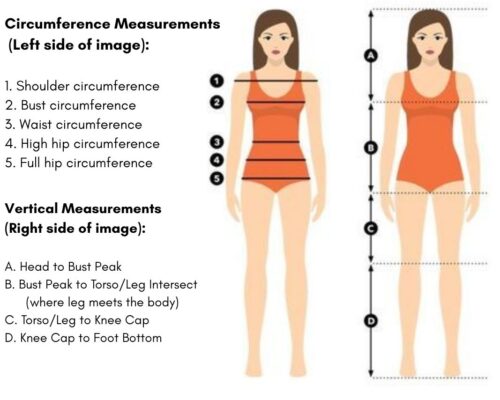Geo-Textiles: Revolutionizing the Construction and Environmental Industries
“Unleashing the power of fabric to reshape construction and conservation, revolutionizing the way we build and protect the world around us.”

Introduction
Geo-textiles have emerged as a groundbreaking solution in the construction and environmental sectors. These innovative fabrics are transforming the way we build, protect the environment, and enhance infrastructure durability. In this article, we will explore the diverse applications, benefits, and future prospects of it.
Understanding Geo-textiles
Geo-textiles are synthetic fabrics specifically designed to perform various engineering functions in civil and environmental projects. These textiles are manufactured from polymeric materials such as polypropylene, polyester, and polyethylene. The unique structure of it allows them to provide reinforcement, filtration, separation, and drainage capabilities.
Types of Geo-textiles
Woven

Woven are created by interlacing two or more sets of yarns at right angles, forming a stable and durable fabric. They offer high tensile strength and are commonly used in applications that require superior load distribution and filtration.
Non-woven
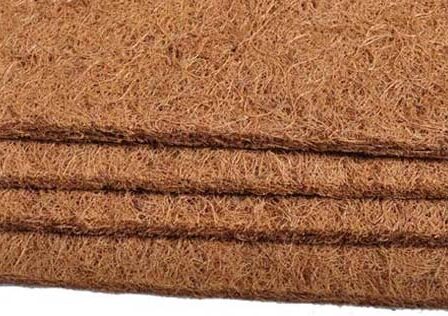
Non-woven are manufactured by entangling fibers through mechanical, thermal, or chemical processes. These fabrics exhibit excellent drainage properties and are widely used in erosion control, filtration, and separation applications.
Knitted
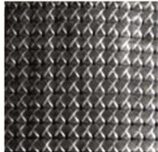
Knitted are produced by interlooping yarns in a series of connected loops. They possess good flexibility and are often used in applications that demand high deformation resistance, such as reinforcement of soft soils.
Composite Geo-textiles
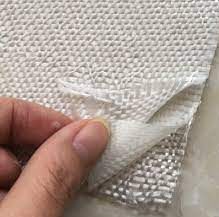
Composite combine the characteristics of multiple geo-textile types to offer tailored solutions for specific project requirements. These versatile fabrics provide a combination of reinforcement, filtration, and separation functionalities.
Applications of Geo-textiles
Road Construction and Maintenance
This plays a vital role in road construction and maintenance projects. They are used for soil stabilization, separation of different soil layers, and reinforcement of pavements, extending the lifespan of roads and reducing maintenance costs.
Erosion Control
These textiles are widely employed in erosion control measures. They prevent soil erosion by stabilizing slopes, protecting riverbanks, and providing temporary coverings on newly seeded areas until vegetation is established.
Landfill Management
These textiles are utilized in landfill management systems to prevent the contamination of soil and groundwater. They act as a barrier, preventing the migration of leachate and facilitating proper drainage within the landfill structure.
Soil Stabilization
This improves soil stability by distributing loads and reducing differential settlements. They are used in embankments, retaining walls, and other geotechnical structures to enhance their overall performance and structural integrity.
Drainage Systems
The textile aid in the construction of effective drainage systems. They allow water to pass through while retaining soil particles, preventing clogging and maintaining the system’s efficiency.
Coastal Protection
These are instrumental in protecting coastlines from erosion caused by waves and currents. They are used in the construction of revetments, breakwaters, and offshore barriers to stabilize and protect vulnerable coastal areas.

Benefits of Geo-textiles
Enhanced Soil Strength and Stability
This textile improves soil strength and stability, increasing the load-bearing capacity of structures and preventing soil movements and failures.
Cost-effectiveness
This offers a cost-effective solution compared to traditional construction methods. They reduce the need for extensive excavation, backfilling, and the use of additional materials.
Environmental Sustainability
Using it in construction and environmental projects promotes environmental sustainability. These fabrics facilitate the growth of vegetation, minimize soil erosion, and aid in the restoration of degraded areas.
Versatility and Adaptability
These textile are available in various types and configurations, allowing for customization based on project requirements. They can be engineered to fulfill specific functions and adapt to different soil and environmental conditions.
Reduced Maintenance
By enhancing the durability and stability of infrastructure, this textile minimize the need for frequent repairs and maintenance, resulting in long-term cost savings.
Geo-textiles in Construction
It has revolutionized the construction industry by providing innovative solutions to various engineering challenges. Here are some key applications:
Reinforcement of Embankments
This reinforce embankments by providing tensile strength to the soil. They stabilize the soil and prevent erosion, ensuring the stability and longevity of embankment structures.
Retaining Walls
These are used in the construction of retaining walls to reinforce the soil and distribute lateral earth pressures. They enhance the stability of the walls and prevent soil movement behind them.
Pavement Overlays
This textile is employed in pavement overlays to prevent reflective cracking. They act as a stress-absorbing interlayer, reducing the propagation of cracks from the existing pavement into the new overlay.
Subgrade Stabilization
This improves the performance of weak subgrades by providing reinforcement and separation. They distribute loads and minimize differential settlements, ensuring the stability of the entire pavement structure.
Slope Protection
These are used in slope stabilization projects to prevent erosion and landslides. They anchor the soil and promote vegetation growth, enhancing the stability and aesthetics of slopes.
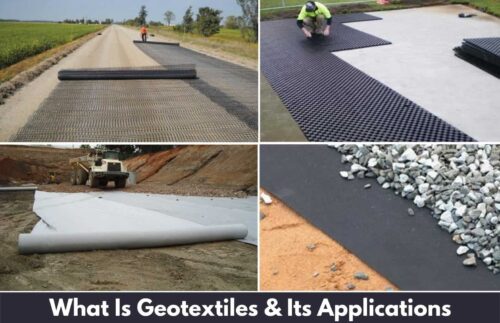
Geo-textiles in Environmental Conservation
In addition to their applications in construction, geo-textiles also contribute significantly to environmental conservation efforts. Here are some notable applications:
Erosion Control Measures
These are crucial in erosion control measures, such as stabilizing riverbanks, shorelines, and steep slopes. They prevent soil erosion, protect ecosystems, and maintain the integrity of water bodies.
Wetland Restoration
This aid in the restoration of wetland ecosystems. They provide a stable substrate for vegetation growth, protect against erosion, and facilitate the reestablishment of diverse wetland habitats.
Riverbank Protection
These are used to stabilize riverbanks, preventing erosion and preserving the natural flow of watercourses. They create a protective barrier that maintains the stability of riverbanks while allowing vegetation to thrive.
Vegetation Growth Enhancement
It facilitate the growth of vegetation by providing a stable environment for root development. They protect seeds from erosion and allow for adequate moisture and nutrient retention, supporting successful revegetation efforts.
Future Trends in Geo-textiles
The field of geo-textiles is continually evolving, and several exciting developments are expected in the future. Some anticipated trends include:
- Advancements in bio-degradable and eco-friendly geo-textile materials
- Integration of smart technologies for monitoring and maintenance of geo-textile systems
- Enhanced functionality through nanotechnology and advanced material engineering
- Exploration of geo-textiles for geothermal energy applications
- Increased research and development for innovative applications in urban infrastructure and climate change adaptation
Conclusion
Geo-textiles have revolutionized the construction and environmental industries with their versatile applications and numerous benefits. These fabrics play a crucial role in enhancing infrastructure durability, protecting the environment, and promoting sustainable development. As technology and research progress, the future of geo-textiles looks promising, offering even more innovative solutions for the challenges we face.
FAQs
1. How long do geo-textiles last?
The lifespan of geo-textiles depends on various factors, such as the type of fabric, installation conditions, and exposure to environmental factors. Generally, high-quality of it can last anywhere from 20 to 50 years.
2. Can geo-textiles be recycled?
Yes, many geo-textiles can be recycled. However, the recyclability of a specific geo-textile depends on its composition and the availability of appropriate recycling facilities in the region.
3. Are geo-textiles suitable for all soil types?
The textiles can be used with various soil types, including cohesive soils, granular soils, and mixed soils. However, the selection of the appropriate type and specifications of it should consider the specific soil conditions and project requirements.
4. What are the key factors to consider when selecting geo-textiles?
When selecting geo-textiles, factors such as strength, permeability, durability, and compatibility with the project requirements should be considered. It is crucial to consult with geotechnical experts or engineers to determine the most suitable geo-textile for a particular application.
5. Are there any limitations to using geo-textiles?
While geo-textiles offer numerous advantages, they also have certain limitations. These may include susceptibility to damage during installation, potential clogging in drainage applications, and vulnerability to UV degradation if not appropriately protected. Proper installation and adherence to manufacturer guidelines are crucial to maximize the benefits of geo-textiles.



